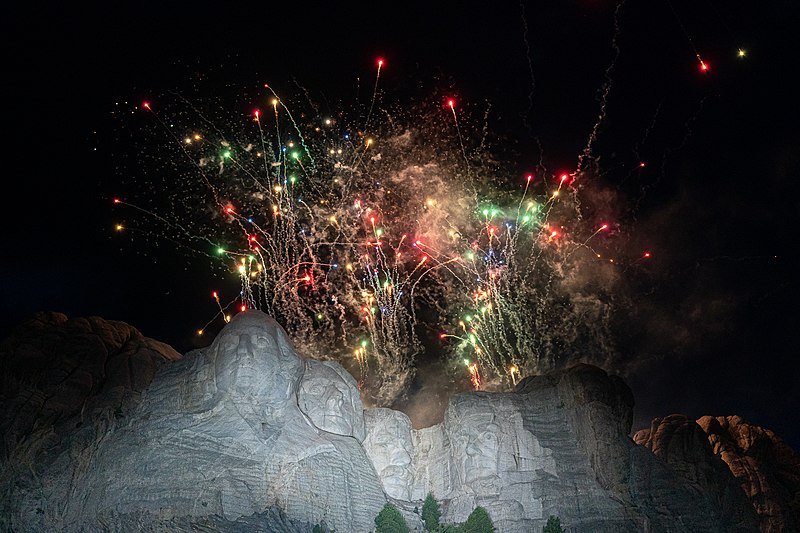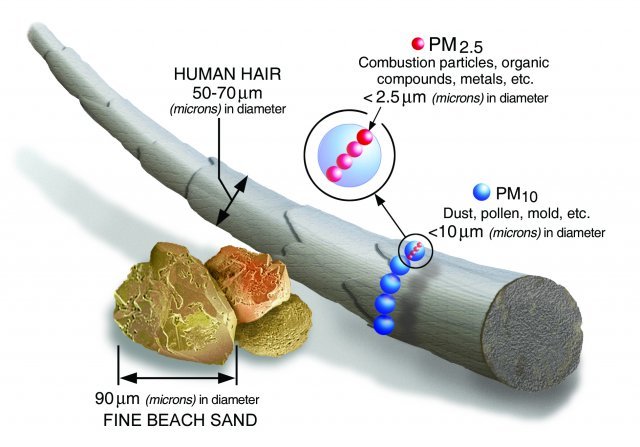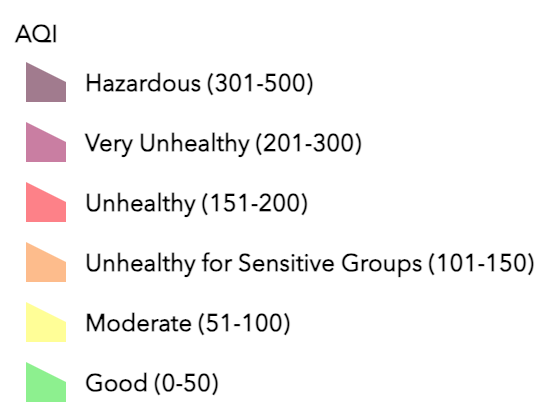How Fireworks Can Impact Air Quality
We are all familiar with that smell of smoke and that hazy look in the air after a firework explodes. Well, when there are large amounts of fireworks displays (like on the 4th of July), some of the smoke and haze can build up and stick around the surface. What can make this build-up hazardous, among other things, is PM2.5 and PM10. This is the reason that the South Coast Air Quality Management District has issued a Particulate Advisory.
“Fireworks emit high levels of fine particle pollution, which can lead to some serious health effects. Personal backyard fireworks that people use can create even higher pollution because they're launched down at ground level, right, where people are breathing," said Scott Epstein, Program Supervisor of Air Quality Assessment Group at the South Coast Air Quality Management District.

PM stands for particulate matter and the number represents the size of the particulates in micrometers or microns. One micron (or micrometer) is 1 one millionth of a meter. Another way to think about it is that one micron is 1 million times smaller than a meter. For reference, a human hair is about 50-70 microns wide. Things like dust and pollen are considered PM10 pollutants. Combustion particles and metallic compounds (like those released from fireworks) are PM2.5 pollutants.
“PM 2.5 tends to be more hazardous because those particles are extra small and they can get deeper down into your lungs and get into your bloodstream more effectively," said Epstein.

A firework is made up of a few main ingredients. These are a fuel source, an oxidizer and a color-producing chemical. The fuel source is typically a carbon-based charcoal black powder. The oxidizer is responsible for producing the oxygen necessary for the reaction, and often times a metal salt is included to make the firework glow a certain color. For example, Copper compounds tend to produce blue fireworks and barium compounds cause a green color.
These chemicals can be especially dangerous for those who fall into the "sensitive groups" category.

“Sensitive groups, which include children, older adults, pregnant women, or people with preexisting heart or lung issues, such as asthma or COPD, need to be extra careful," Epstein said.

The largest impact for the Coachella Valley will be localized pockets of hazardous air quality. Particularly, areas close to fireworks displays. Pollutants from fireworks tend to stay closer to the surface, so the advisory is in place for July 4th and 5th. The pollutants may stay overnight and slowly dissipate throughout the day on July 5th.
Although firework pollutants are inevitable, there are still ways to enjoy Fourth of July fireworks while staying safe in the days after the holiday:
-Reduce your time outdoors
-Avoid strenuous outdoor activities
-Keep your doors and windows closed
-Run your air conditions or air purifier
South Coast AQMD has an air quality app you can download if you would like to stay up-to-date on the air quality in your area.
You can also stay with The First Alert Weather Team on-air and online for continuing updates.

